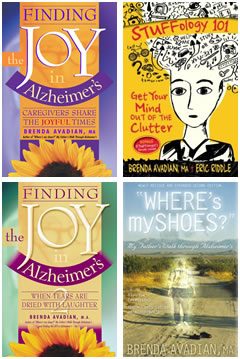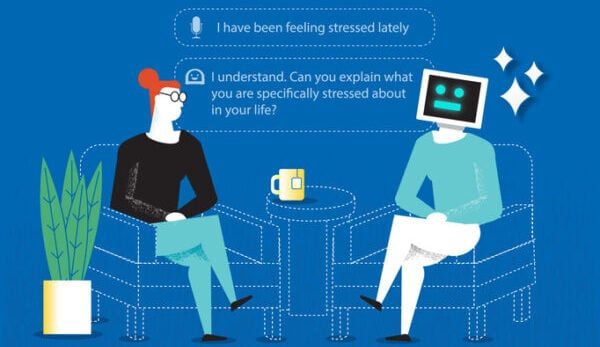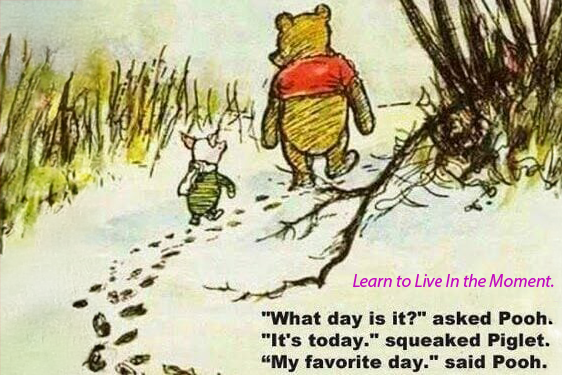There is a recent piece on TIME, America Has Reached Peak Therapy. Why Is Our Mental Health Getting Worse?, stating that, “All this mainstream awareness is reflected in the data too: by the latest federal estimates, about one in eight U.S. adults now takes an antidepressant and one in five has recently received some kind of mental-health care, an increase of almost 15 million people in treatment since 2002. Even in the recent past—from 2019 to 2022—use of mental-health services jumped by almost 40% among millions of U.S. adults with commercial insurance, according to a recent study in JAMA Health Forum.”
“But something isn’t adding up. Even as more people flock to therapy, U.S. mental health is getting worse by multiple metrics. Suicide rates have risen by about 30% since 2000. Almost a third of U.S. adults now report symptoms of either depression or anxiety, roughly three times as many as in 2019, and about one in 25 adults has a serious mental illness like bipolar disorder or schizophrenia. As of late 2022, just 31% of U.S. adults considered their mental health “excellent,” down from 43% two decades earlier.”
What does it mean that the sight of an object has no effect on someone, but has a traumatic outcome for another? What are the two most important elements in mental health and in all mental illnesses?
Electrical and chemical impulses of nerve cells. There is no mental health or mental disorder without impulses at the center. So how can impulses be mapped, at least theoretically, to determine what happens in each state.
Therapy or other things that help mental health have to influence impulses. There are billions of neurons in the brain with trillions of connections, with impulses heading in different directions at different strengths, so what how can they be approached, to map mental health and illnesses?
All parts of the brain have neurons. The hippocampus is said to have under a million neurons. The cerebral cortex is said to have around 16 billion neurons. Different parts of the cerebral cortex are specialized for different functions. The cerebral cortex is highly convoluted, with a large number of ridges and valleys or gyri and sulci across. There are also different nuclei in the same part of the brain, like the thalamus and the hypothalamus, with neurons there responsible for different functions.
Why is this the case? Why is an emotion different from a feeling? Why is the modulation of the heart different from the lungs? Why is taste different from smell? It is proposed that impulses in different parts are a set or form a loop. It is what they do in this loop that specializes outcomes for modulations, sensations, feelings, perceptions, memories, emotions, thoughts and so forth.
It is this loop action of impulses that also determines mental health and defines mental illnesses. In a loop, all electrical impulses interact with chemical impulses. Some are end loops, others are starts or mid-loops. These loops have their structures. They are positioned and arranged differently from each other. There are some default positions of the arrangement of some loops that determine some states like sleep.
It is hypothesized that when melatonin (from the pineal gland, into the CSF) and adenosine (from the hypothalamic SCN) are abundantly secreted in their own loop [or a kind of it for pinealocytes], the push induce changes in a couple of loops around (thalamus and others), for how they are set. Once these positions fit a pattern, the individual gets to sleep. The positions seem to be what closes out some inputs, since they are already aligned for closure. When there is an intense sound, or a sharp feeling of hot or cold, or some pinch, the person may get up, as that input may have caused a push in the loop in the thalamus, to be strong enough to change the positions of the loop designs of sleep. The same happens when melatonin and adenosine recedes, returning loops from the sleep set.
Electrical and chemical impulses in loops have their features. These impulses with their features and interactions are theorized to be the human mind.
Mental illnesses are known as mind disorders, this could mean the disturbance of impulses or their features or interactions. Some of these features include sequences, a principal spot, pre-/prioritization, drift or stairs, early-splits or go-before, bounce points, and thin/thick shapes. Some of these features determine the form of interaction, especially what becomes prioritized or what does not, or the rotation of the loop or what gets transmitted further, within or outside the loop, or what makes changes [like in neuroplasticity, encoding or in learning].
Stairs or drifts of chemical impulses are presented at the synaptic clefts. There are multiple synaptic clefts in a loop, or multiple loops in some centers. It is the rationing or the fills of chemical impulses, collectively at these loops that determine how learning is shaped, behavior and so forth. It exceeds the simple passage of a chemical message at a synapse with the rate, time, type, volume and other factors, count with the collective.
Stairs or drifts of electrical impulses are theorized to be myelin sheath. Electrical impulses leap from node to node, on myelinated axons in what is called saltatory conduction. In a loop, some go ahead of others, where they are able to interact with chemical impulses within the loop or elsewhere like they had done before, in what explains the observation called predictive coding, processing or prediction error.
Stairs or drifts of chemical impulses have parts, where all subjective experiences or for the sense of self are determined. Some of these parts allow access, maybe due to the shape of the loop. It is where intentionality or free will is driven from. There are people who could roll their tongue or others who can’t or those who can twitch their pinna or their ala nasi.
In severe mental illnesses like schizophrenia, the parts that set the sense of self, for thoughts or several actions are impaired, leading the individual to think or do things with dissociation or detachment. In a depression, there is the principal spot, or where the experience of very intense heaviness pulls its loop to, say a downward position that results in bringing down other loops, or causing them to come towards, resulting in being unable to do much of anything.
In an anxiety disorder, there is a pass and hold to stairs or drifts areas in some loops of what should have dissipated. This collection or hold, from what should be free, results in affect for other loops, which may result in nausea, chest pain and so forth.
By the features of impulses, it is possible to map all the mental disorders and project mental health. This could be a more direct approach to understand what is internal from the causative elements then be able to know what stage of a condition an individual is, for the individual, loved ones and caregivers.
—
iStock image
The post Neurobiology: Mapping Mental Health and Every Mental Illness appeared first on The Good Men Project.
Original Article










